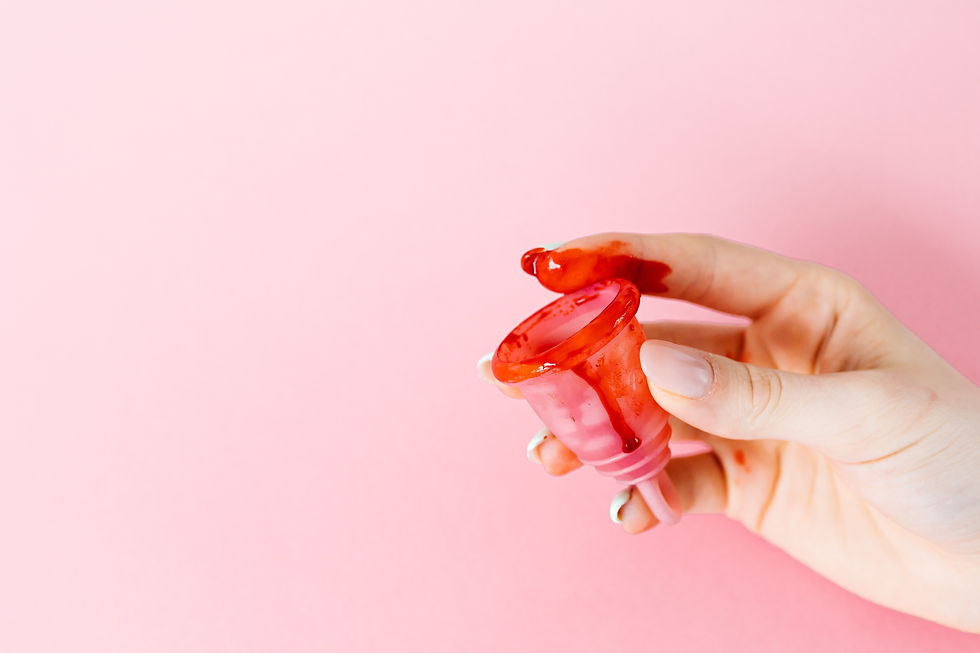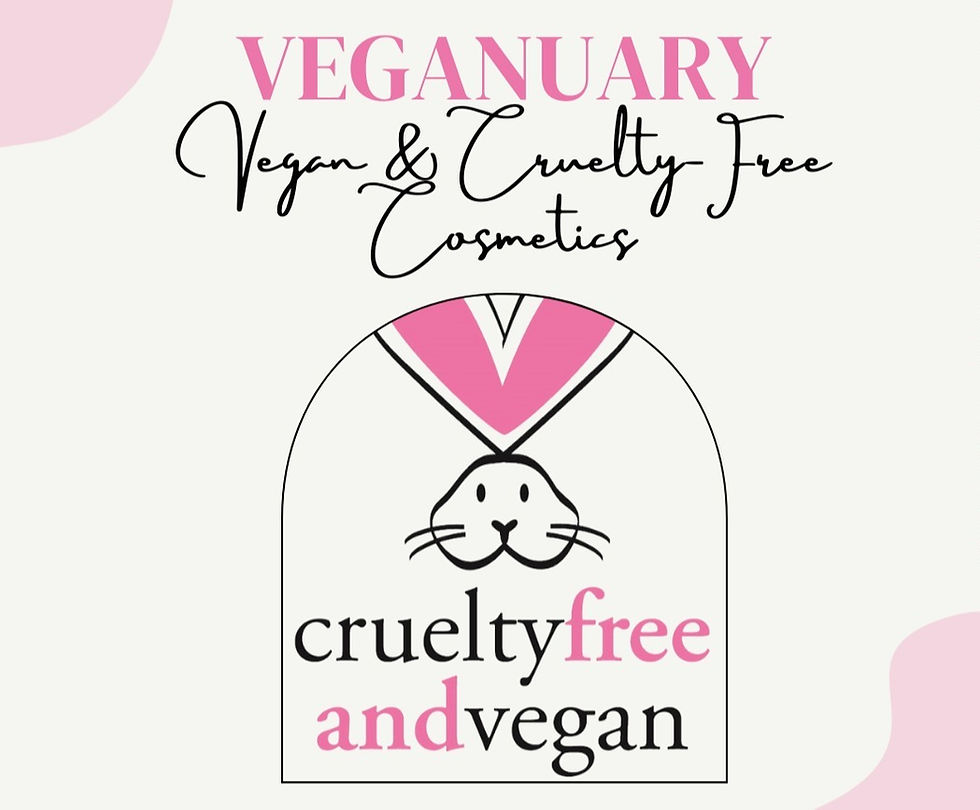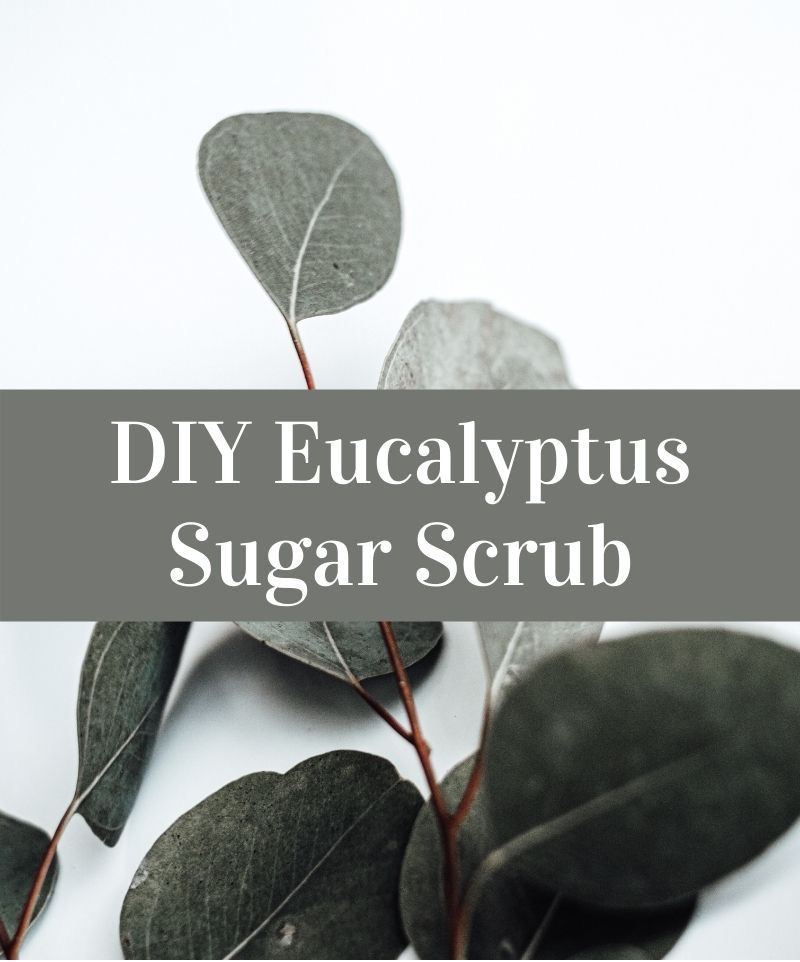Say goodbye to a wasteful and expensive period!
- Natalie De La Torre Salas

- Mar 30, 2022
- 6 min read
Hi there again, it's Natalie this time. I might not be the best when it comes to eating very healthy meals, BUT I have been improving my relationship with my period for the last five years. It has gotten as smooth as it can get when you just feel like burning the world down, hiding in a cave, and never going out.
Ever since we were young we were taught that once you have your period, your lifetime companion becomes pads and tampons. Those are the only options offered to us although there are many different brands and types of feminine hygiene products. Ever since we have our first period or we start menstruating, we are bound to spend a significant amount of money on these types of products until the day we reach menopause or for many other reasons, we lose our period.

But how wasteful are these products? In fact, tampons, pads and panty liners along with their packaging and individual wrapping generate more than 200,000 tonnes of waste per year, and they all contain plastic...pads are around 90% plastic! The average user throws away 125 to 150kg of tampons, pads and applicators in their lifetime... which is crazy! (Source: All Matters)
Not only do we have to deal with the changes our bodies go through every month but we also face other obstacles such as the famous "pink tax" which "is a term for the extra amount of money women are charged for certain products or services that are specifically marketed toward them" (Source: The Balance).
Recent studies revealed that the average woman spends $13.25 a month on menstrual products ‒ that’s $6,360 in an average woman’s reproductive lifetime (ages 12-52) (https://swnsdigital.com/us/2019/11/new-research-reveals-how-much-the-average-woman-spends-per-month-on-menstrual-products/).
As years go by, products targeted at women get more expensive. I remember asking my grandmother what did she use when she had her period. She told me that when she was younger the only thing she had access to was a cloth pad that she would wash constantly and reuse. This more traditional way of living with a period is now making a come back in the Western world and mostly, as a response to feminine products not being affordable to disadvantaged communities and as a response to environmental and feminist movements.
The same thing happened to me when I decided I didn't want to continue contributing to the waste generated every time I was on my period. At first, I was intimidated by the idea of something different than a Kotex pad but I was intrigued by the idea of the menstrual cup. In this blog post, you'll see that I will give more emphasis to the menstrual cup because I have plenty of experience with it but I also made sure to talk about other products that are just as good.
I know that we all have different experiences with feminine products but I am here to tell you what worked for me in the hopes that it will help you or at least motivate you to look for a more sustainable and comfortable option that can make those days of the month less uncomfortable.

A menstrual cup is a menstrual hygiene device that is inserted into the vagina during menstruation and collects the menstrual fluid. Menstrual cups are usually made of flexible medical grade silicone, latex, or a thermoplastic isomer and they are shaped like a bell with a stem or a ring that makes it easy to remove.
P.S. Super interesting fact: The first menstrual cup was invented by an American actor, Leona Chalmers, who patented her runner cup in 1937. I thought it was a much more recent invention!
The first thing you must-do if you are considering doing the switch to the menstrual cup is to check out the right size/fit for you. They sell different sizes depending on if you have given birth and your age. Remember, everybody is different and that includes the form, shape, and size of the uterus. That being said, don’t feel bad if you have to buy a few cups before you find the chosen one. The size and fit also depend on the brand!
I cannot emphasize just how many different types and brands of menstrual cups are out there! I went to Spain earlier this year and I was in awe at how many other different types there are out there, so worth taking your time doing your research and checking them all out before you commit to one.
Here are the 8 Best Menstrual Cups of 2022 (Thanks to Very Well Health)
Best Overall: Lena Menstrual Cup at Amazon
Best Budget: The Honey Pot Menstrual Cup at Amazon
Best for Beginners: Intimina Lily Menstrual Cup One at Amazon
Best for Low Cervixes: Intimina Ziggy Cup at Amazon
Best for Travel: Nixit Nixit Menstrual Cup at Letsnixit.com
Best for Heavy Flows: Super Jennie Menstrual Cup at Amazon
Best for High Cervixes: ssalt Menstrual Cup at Amazon
Best Post-Pregnancy: DivaCup Menstrual Cup Model 1 at Amazon
I tried the OrganiCup and since then, my period has been a breeze! Like other brands of menstrual cups, all you have to do is fold and insert the cup. I have not had to pay for feminine hygiene products in ages because a menstrual cup can last from 5 to 8 years! For me, it is perfect because I do not feel it and it allows me to do any type of exercise or work (I am an archeologist, so being out on the field in the middle of nowhere is a constant in my job) and it works for up to 12 hours (depending on the flow).
I like being honest, so I am going to be very transparent about this. The most terrifying and hardest part of switching to the cup is learning how to insert and take it out. I remember having the cup “stuck” in me for almost a whole day and I cried. But with the help of the Internet, I learned that the key was to relax and use my pelvic muscle to push it out until I was able to reach it with my fingers. Now I am a very happy camper when I am trying to survive those days of the month.
There are over 9 different menstrual cup folds! Lunette has incredible resources online including videos that can guide you through the process and teach you everything you need to know so that you can have a positive experience trying the cup for the first time.

I must add that an excuse that many women give for not wanting to try the cup is that they don’t want to touch their blood or are afraid of touching themselves. Believe me, another incredible reason to try the cup is that it will allow you to overcome that fear, look at yourself differently and learn more about your own body. Love yourself by knowing yourself!
Something I like to do is mix or switch between the cup and washable cotton pads. You can find them anywhere from Amazon to Etsy and they are incredible! They are comfortable, come in great designs and colors, and with wings. Also, you can use them and wash them and never have to buy pads ever again. Do you know how much waste you would be reducing?! That being said, it takes a bit of time to get used to them because they are thicker than the normal pads we are used to wearing. Also, there will be times when you are stuck at work, are sleeping or you are somewhere and you won’t have access to a bathroom and sink to dump and clean your cup and hands. That is why I use both sometimes, I have the cup and the pad just in case.

Period underwear is another more environmentally friendly than traditional feminine hygiene products many women are now using. This is pretty much underwear that absorbs your period (and is also washable). Thinx is one of the leading companies making sure that women are more conscious about their period flow. I personally have never used a period underwear and I know there are many brands out there that women trust.
So there you go! It's time to trade your pads and tampons. I hope this motivates you to try different ways to live your period and find sustainable, healthy, and comfortable options that work best for you and your lifestyle.
If you want to share your point of view or recommend any other brand of feminine hygiene products let us know in the comments!






![[vegan] Italian Wedding Soup](https://static.wixstatic.com/media/11024d_ef6219e6635b4f029943bf6fa294a46a~mv2.png/v1/fill/w_250,h_250,fp_0.50_0.50,q_35,blur_30,enc_avif,quality_auto/11024d_ef6219e6635b4f029943bf6fa294a46a~mv2.webp)
![[vegan] Italian Wedding Soup](https://static.wixstatic.com/media/11024d_ef6219e6635b4f029943bf6fa294a46a~mv2.png/v1/fill/w_54,h_54,fp_0.50_0.50,q_95,enc_avif,quality_auto/11024d_ef6219e6635b4f029943bf6fa294a46a~mv2.webp)
![[R E V I E W] Daring. Breaded Plant Chicken Pieces](https://static.wixstatic.com/media/11024d_bb6241d754044a84b629c128343e62f2~mv2.png/v1/fill/w_250,h_250,fp_0.50_0.50,q_35,blur_30,enc_avif,quality_auto/11024d_bb6241d754044a84b629c128343e62f2~mv2.webp)
![[R E V I E W] Daring. Breaded Plant Chicken Pieces](https://static.wixstatic.com/media/11024d_bb6241d754044a84b629c128343e62f2~mv2.png/v1/fill/w_54,h_54,fp_0.50_0.50,q_95,enc_avif,quality_auto/11024d_bb6241d754044a84b629c128343e62f2~mv2.webp)


![[REVIEW] Good Catch Vegan Crab Cakes](https://static.wixstatic.com/media/11024d_3ac3211eaa9544fd864e47d8a292b154~mv2.png/v1/fill/w_250,h_250,fp_0.50_0.50,q_35,blur_30,enc_avif,quality_auto/11024d_3ac3211eaa9544fd864e47d8a292b154~mv2.webp)
![[REVIEW] Good Catch Vegan Crab Cakes](https://static.wixstatic.com/media/11024d_3ac3211eaa9544fd864e47d8a292b154~mv2.png/v1/fill/w_54,h_54,fp_0.50_0.50,q_95,enc_avif,quality_auto/11024d_3ac3211eaa9544fd864e47d8a292b154~mv2.webp)
![[vegan] Biscoff Chocolate Mousse Pie](https://static.wixstatic.com/media/11024d_17298cf152cc4241826fa6b4acbc1c28~mv2.jpeg/v1/fill/w_250,h_250,fp_0.50_0.50,q_30,blur_30,enc_avif,quality_auto/11024d_17298cf152cc4241826fa6b4acbc1c28~mv2.webp)
![[vegan] Biscoff Chocolate Mousse Pie](https://static.wixstatic.com/media/11024d_17298cf152cc4241826fa6b4acbc1c28~mv2.jpeg/v1/fill/w_54,h_54,fp_0.50_0.50,q_90,enc_avif,quality_auto/11024d_17298cf152cc4241826fa6b4acbc1c28~mv2.webp)



Comments